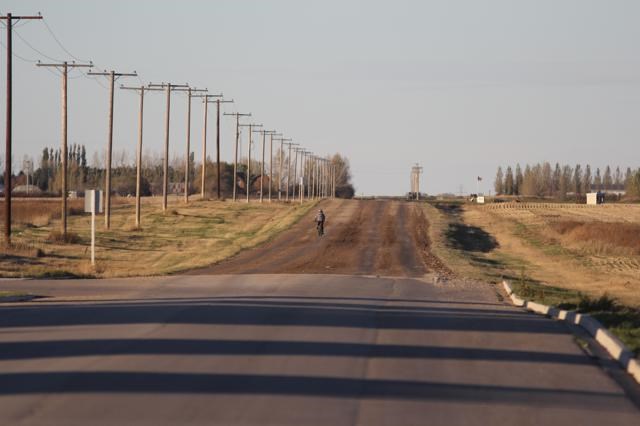Saskatchewan is a landlocked province and has 250,000 km of roads, the highest length of road surface compared to any other province. These roads are used on a regular basis for business and leisure road travel and when these roads are allowed to deteriorate, drivers pay the price.
The current CAA Worst Roads listed at caask.ca/worstroads are from all regions of the province and includes roads or highways near Weyburn, Hudson Bay, Shaunavon, Cadillac, Punnichy, Canora, Prince Albert, Kenaston, Frenchman Butte, Hodgeville, Nokomis, Benson, Moose Jaw, and residential streets in Regina and Saskatoon.
According toCAA’s Cost of Poor Roads in Canada Study, which was released on March 30, 2021, the average Canadian driver pays an extra $126 per year, which over a 10-year period of a car’s lifespan, adds up to around $1,260. In Saskatchewan, the average annual cost per driver is $97 and totals just under $1,000 per year. This additional and unexpected cost can certainly put a dent in the average family’s budget for spending on everyday needs such as food and clothing.
CAA’s Cost of Poor Roads Study is the first in Canada to show the cost to vehicle owners of poor roads, rather than focusing on how much it costs to repair or build them. Repairing roads before they are allowed to deteriorate saves money for drivers and governments.
Several factors can cause deterioration of our roads - everything from weather conditions, age of the roads, heavy traffic, and lack of maintenance. In cold climates like Saskatchewan, the freeze-thaw cycle plays a large role in creating potholes – a problem that occurs when temperatures regularly go above and below the freezing point. When rain or snow seeps through cracks and openings in the pavement, it freezes and expands, causing the pavement to heave upward. Then as temperatures rise, the ground underneath the pavement returns to its normal level, leaving a cavity or hole which breaks apart with continued use of vehicles driving over the fractured pavement.
Potholes and crumbling pavement remain as the number one problem reported during CAA’s Worst Roads Campaigns. Vehicle repair bills resulting from encountering potholes are expensive, but potholes are not the only problem when it comes to poor road conditions. Other pavement problems like cracking, rutting, and foundation damage can result from moisture, traffic, and poor drainage.
Drivers, cyclists, pedestrians, and motorcyclists have until April 27, 2021, to nominate and vote for the worst road they have travelled on. The 2021 CAA Top Ten Worst Roads will be announced on April 28, 2021. Nominations and votes for worst roads on the caask.ca/worstroads site can be posted electronically or manually.
A Google Map Locater has been added to this year’s campaign that will visualize vote distribution across the province. It will pinpoint the current locations of the nominated roads that are receiving votes. Photos of nominated worst roads will be accepted, with a reminder for those submitting photos to do so in a safe environment.
The purpose of CAA’s Worst Roads campaign is to help highlight problems and dangerous road conditions in the province and to encourage decision makers to address those in most need of improvements. Working towards good roads and safety for all road users is a priority for CAA Saskatchewan.




